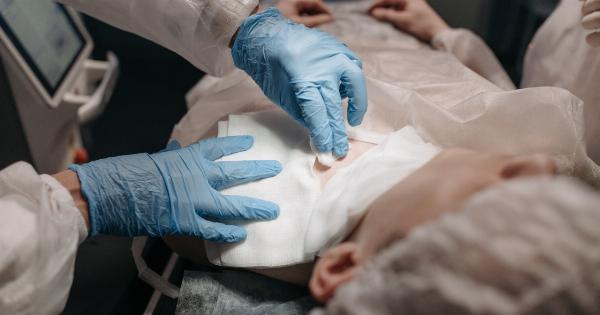Hip replacement surgery is a common procedure performed to relieve pain and restore mobility in patients with severe arthritis or hip injuries.
Traditional hip replacement surgery involves making a large incision, dislocating the hip joint, and replacing the damaged hip joint with a prosthetic implant. However, a newer minimally invasive hip replacement technique, Anterior Minimally Invasive Surgery (AMIS), is becoming increasingly popular due to its many benefits over traditional surgery.
What is the AMIS Technique?
The AMIS technique is an innovative minimally invasive approach to hip replacement surgery that involves a small incision through the front (anterior) of the hip joint, rather than the side or back.
The surgeon uses a specialized table to position the patient and a special set of instruments to perform the procedure.
What are the Benefits of the AMIS Technique?
The AMIS technique offers many benefits over traditional hip replacement surgery, including:.
- Smaller incision, less scarring
- Less muscle and tissue damage
- Less pain and shorter recovery time
- Reduced risk of dislocation
- Improved range of motion
- Quicker return to normal activities
What is the Procedure for AMIS?
The AMIS procedure is performed under general anesthesia and typically takes about 1-2 hours to complete. The patient will lie on a special surgical table that allows for precise positioning and optimal access for the surgeon.
The surgeon will make a small incision on the front of the hip joint, following a specific set of steps to replace the damaged hip joint with a prosthetic implant. Once the implant is in place, the incision will be closed and the patient will be moved to a recovery room for monitoring.
What is the Recovery Time for AMIS?
Recovery time from AMIS is typically shorter than traditional hip replacement surgery, with most patients able to stand and walk with assistance within a few hours after surgery.
Patients typically require a shorter hospital stay, ranging from 1-3 days, with the possibility of same-day discharge. Physical therapy is an important part of recovery and the patient will work with a physical therapist to regain mobility and strength in the hip joint. Most patients are able to return to normal activities within 6-12 weeks following surgery.
Is AMIS Right for You?
The decision to have hip replacement surgery, and the choice of surgical technique, is a personal one that should be made in consultation with a qualified orthopedic surgeon.
The AMIS technique is a safe and effective option for many patients with hip arthritis or injury, but it may not be suitable for everyone. Factors that may impact the decision to have AMIS surgery may include age, body weight, overall health, and the severity of the hip joint damage.
Caring for Your New Hip
After hip replacement surgery, it is important to take good care of your new joint to ensure proper healing and function. Some tips for caring for your new hip include:.
- Follow your doctor’s instructions for physical therapy and rehabilitation
- Avoid high-impact activities that can strain the hip joint
- Maintain a healthy weight to reduce strain on the joint
- Avoid sitting or standing for long periods of time
- Report any signs of infection or swelling to your doctor
- Take pain medication as directed by your doctor
Conclusion
Hip replacement surgery can be an effective way to alleviate pain and restore mobility for patients with severe hip joint damage.
The AMIS technique is an innovative minimally invasive surgical approach that offers many benefits over traditional hip replacement surgery. If you are considering hip replacement surgery, talk to your doctor to determine if the AMIS technique is right for you.

























